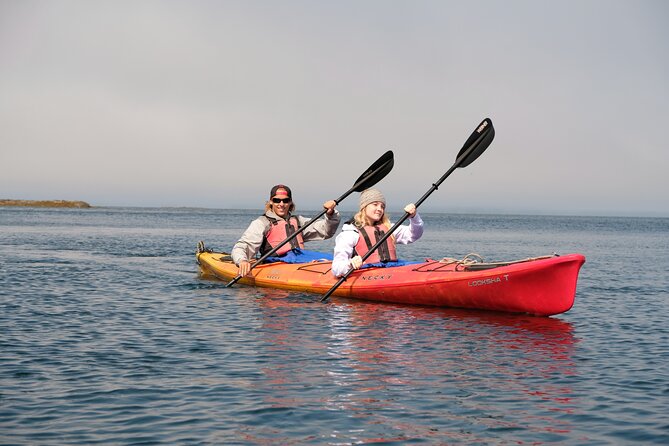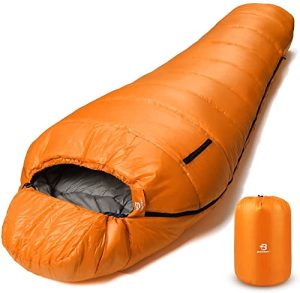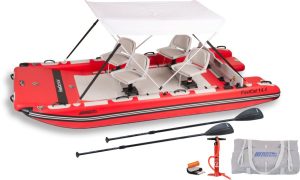Contents
Imagine yourself gliding through crystal-clear waters, surrounded by breathtaking natural landscapes, as you explore the beauty of kayaking. In this article, we will take you on a journey to discover the rich heritage of this exhilarating water sport. From the ancient traditions of Inuit tribes to the modern-day thrill seekers, kayaking has captivated adventurers of all ages. Get ready to immerse yourself in the history, techniques, and sheer joy that kayaking brings, and prepare to be inspired to embark on your own kayaking adventure.
The Origins of Kayaking
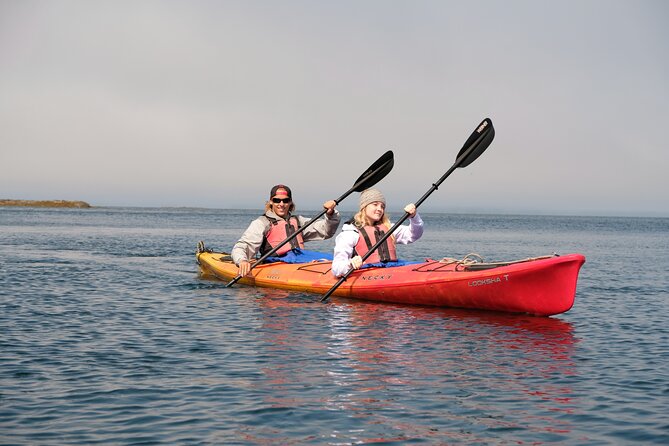
1.1 The First Kayaks
Kayaking has a rich and storied history, dating back thousands of years. The first kayaks were developed by indigenous Arctic cultures, such as the Inuit and Aleut people, who relied on these vessels for hunting and transportation in the harsh Arctic environment. These early kayaks were typically made from animal skins stretched over a wooden frame, providing a lightweight yet sturdy boat capable of navigating through icy waters.
1.2 Traditional Kayaking Cultures
Traditional kayaking cultures can be found across the globe, each with its unique approach and style. In addition to the Arctic tribes, other cultures such as the Yup’ik in Alaska and the Chukchi in Siberia have a long-standing tradition of using kayaks for their daily lives. These indigenous communities have passed down their knowledge and techniques through generations, contributing to the vibrant and diverse world of kayaking.
1.3 Evolution of Kayaking
Over time, kayaking evolved from a means of survival into a recreational activity enjoyed by people worldwide. With advancements in technology and materials, modern kayaks have become lighter, more maneuverable, and easier to handle. As the sport gained popularity, different styles of kayaking emerged, catering to various interests and environments. From leisurely paddling on calm lakes to adrenaline-pumping whitewater adventures, there is a kayak for every passion and skill level.
Types of Kayaks
2.1 Recreational Kayaks
Recreational kayaks are a perfect choice for beginners or those looking for a more relaxed kayaking experience. These kayaks are usually stable and easy to maneuver, making them ideal for calm waters such as lakes, ponds, and slow-moving rivers. Recreational kayaks often feature a spacious cockpit, comfortable seating, and plenty of storage for your essentials. Whether you want to spend a peaceful afternoon exploring the shoreline or try your hand at fishing, a recreational kayak is a great way to get started.
2.2 Sea Kayaks
Sea kayaking offers an exciting opportunity to explore coastal waters and open seas. Sea kayaks are designed to handle rougher conditions and provide enhanced stability and maneuverability. With their sleek and streamlined design, sea kayaks can cover long distances efficiently, making them a popular choice for multi-day expeditions. These kayaks often have bulkheads and hatches for storing gear and supplies, allowing you to venture far from shore with confidence.
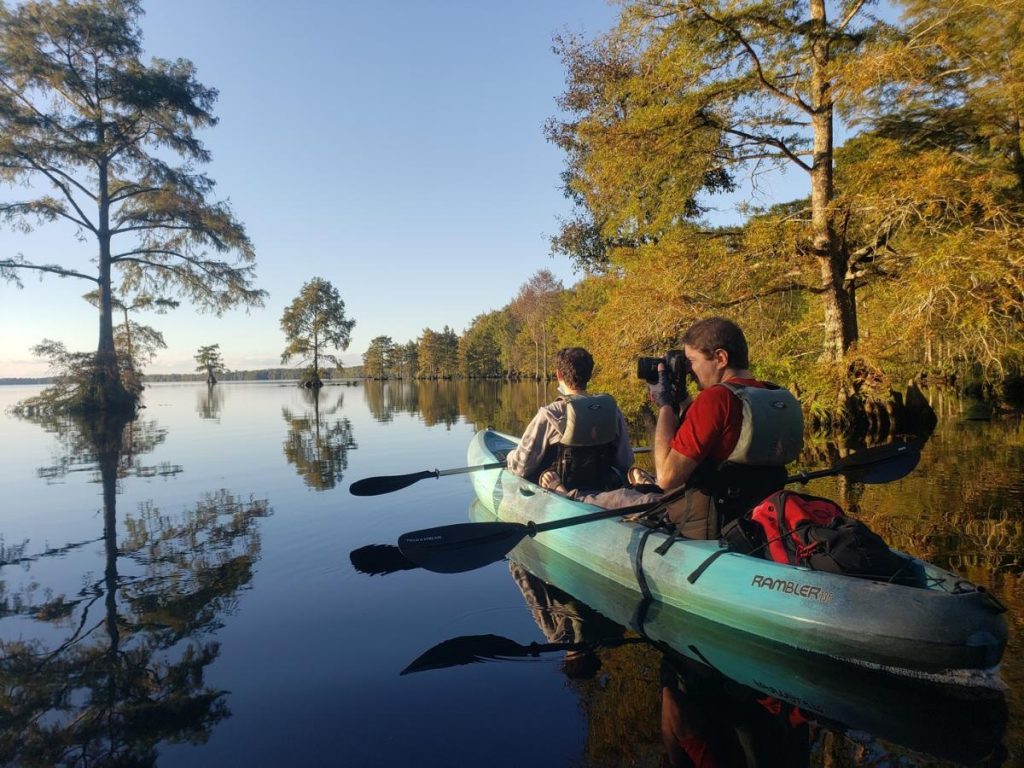
2.3 Whitewater Kayaks
For those seeking adrenaline and adventure, whitewater kayaking is the ultimate thrill. Whitewater kayaks are specially designed to navigate the challenging rapids of rivers and streams. These kayaks are shorter and more maneuverable, allowing paddlers to maneuver through the turbulent water and avoid obstacles with precision. Whitewater kayaks may also feature reinforced hulls and strong grab handles for easy rescue and recovery in fast-moving water.
2.4 Touring Kayaks
Touring kayaks are designed for extended trips and exploration of distant waterways. These kayaks offer ample storage space, allowing paddlers to carry camping gear, food, and other supplies for multi-day journeys. In addition to their storage capacity, touring kayaks are known for their exceptional tracking abilities, ensuring a smooth and efficient paddling experience over long distances. Whether you plan to embark on a scenic coastal tour or a remote wilderness expedition, a touring kayak will be your trusted companion.
Essential Kayaking Equipment
3.1 Kayak
The first and most important piece of kayaking equipment is the kayak itself. When choosing a kayak, consider factors such as your skill level, intended use, and the environments you will be navigating. Different types of kayaks excel in specific conditions, so it’s essential to select one that suits your needs. Whether you opt for a recreational kayak, sea kayak, whitewater kayak, or touring kayak, make sure it is the right size and offers the necessary features for your kayaking adventures.
3.2 Paddle
Next up is the paddle – your primary tool for propelling the kayak through the water. Paddles come in various lengths and materials, so choose one that suits your height and paddling style. It’s essential to select a paddle that is lightweight and comfortable to handle, as you will be using it for extended periods. Consider factors such as blade shape, shaft construction, and grip design to ensure a paddle that suits your preferences.
3.3 Personal Flotation Device (PFD)
Safety is of utmost importance when kayaking, and a personal flotation device (PFD) is a non-negotiable piece of equipment. A PFD is designed to keep you afloat in case of a capsize or unexpected immersion in water. Ensure that your PFD is Coast Guard-approved and properly fits your body size and shape. It should be comfortable to wear and have adjustable straps to provide a snug fit. Remember to always wear your PFD and make it a habit to check its condition before each kayaking adventure.
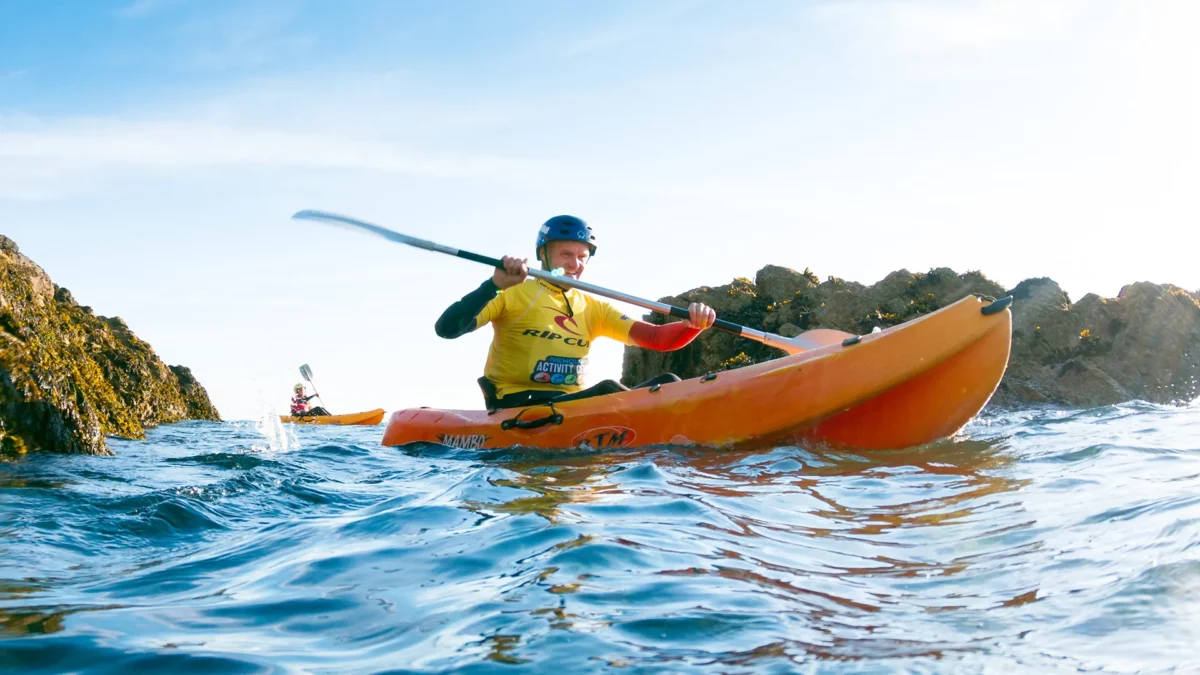
3.4 Safety Gear
In addition to a PFD, there are several other safety items you should have on hand when kayaking. These include a whistle or signaling device to attract attention in case of an emergency, a bilge pump or hand sponge to remove any water from your kayak, and a paddle float or rescue stirrup if you plan to venture into more challenging waters. It’s also a good idea to carry a first aid kit, a knife, and a towline in case you need to assist yourself or others during a kayaking incident.
Choosing a Kayaking Destination
4.1 Coastal Waters
If you are drawn to the allure of the ocean, coastal kayaking might be the perfect choice for you. Coastal waters offer spectacular scenery, the opportunity to explore hidden coves and sea caves, and the chance to encounter marine life such as dolphins, seals, and seabirds. Whether you paddle along rugged cliffs, sandy beaches, or rocky shores, kayaking in coastal waters provides a unique and unforgettable experience.
4.2 Lakes and Rivers
For those who prefer calmer environments, lakes and rivers offer endless possibilities for kayaking adventures. From serene mountain lakes to winding rivers flowing through picturesque valleys, there is a tranquil beauty in paddling through these freshwater ecosystems. Lakes and rivers are also excellent for wildlife viewing, as you may spot birds, turtles, fish, and other creatures along the way. Plus, the choice of destinations is vast, allowing you to explore different regions and discover hidden gems close to home.
4.3 Remote Wilderness
For the adventurous souls seeking solitude and unspoiled nature, kayaking in remote wilderness areas is a dream come true. Remote destinations such as national parks, protected reserves, and backcountry waterways offer a chance to disconnect from the hustle and bustle of everyday life and immerse yourself in the serenity of nature. These pristine habitats are often home to a rich diversity of wildlife and provide opportunities for unique and challenging paddling experiences.
Health Benefits of Kayaking
5.1 Physical Fitness
Kayaking is an excellent way to stay active and enjoy a full-body workout. Paddling engages the muscles in your arms, shoulders, back, and core, helping to strengthen and tone these areas. It also promotes cardiovascular fitness, as kayaking requires continuous paddling and engages large muscle groups. Whether you are leisurely exploring calm waters or tackling challenging rapids, kayaking provides a low-impact, yet effective, form of exercise.
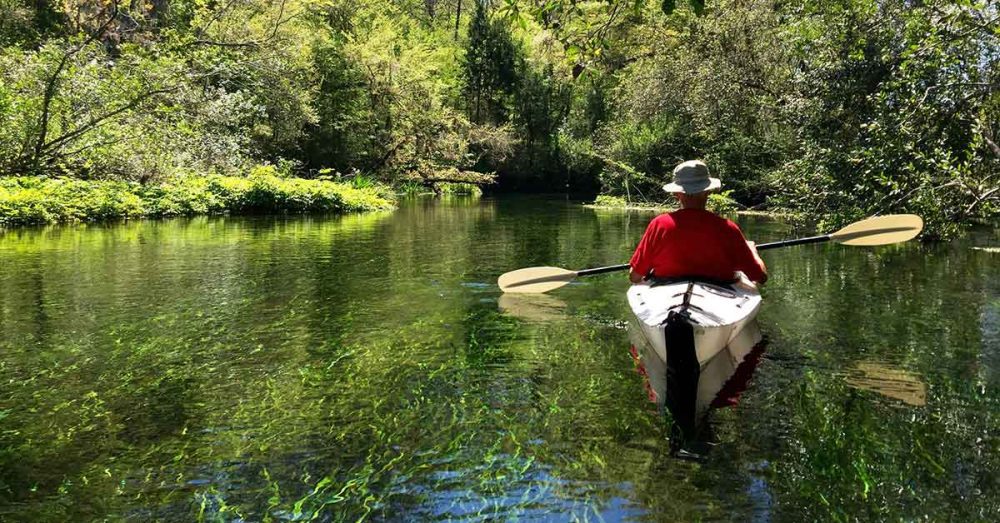
5.2 Mental Well-being
Beyond the physical benefits, kayaking offers numerous mental health benefits. Being out on the water, surrounded by nature, has a calming and therapeutic effect, reducing stress and anxiety. The rhythmic motion of paddling can be meditative, allowing you to clear your mind and find relaxation in the present moment. Kayaking also provides a sense of freedom and accomplishment, boosting self-confidence and overall well-being.
5.3 Stress Relief
In today’s fast-paced world, finding ways to unwind and de-stress is crucial. Kayaking offers a perfect escape from everyday pressures, allowing you to disconnect from technology and immerse yourself in nature. The tranquil environment, gentle lapping of water, and soothing sounds of wildlife create a serene and stress-free atmosphere. Whether you choose to paddle silently on a calm lake or ride the exhilarating waves of a roaring river, kayaking provides a much-needed break from the demands of modern life.
Kayaking Techniques
6.1 Basic Paddling Strokes
Mastering the basic paddling strokes is essential for efficient and enjoyable kayaking. The forward stroke is the foundation of all paddling techniques and involves reaching forward with your paddle blade, submerging it into the water, and pulling it back alongside the kayak. The reverse stroke is used for slowing down or reversing direction and follows a similar motion to the forward stroke but in the opposite direction. Other essential strokes include the sweep stroke for turning the kayak and the draw stroke for moving the kayak sideways.
6.2 Maneuvering Techniques
In addition to basic paddling strokes, it’s essential to learn various maneuvering techniques to navigate through different conditions. Edging, for example, involves tilting the kayak to one side by shifting your body weight, allowing for better control and stability. Learning how to perform a stern rudder or bow rudder can help you turn the kayak efficiently by using your paddle as a rudder. Practicing these techniques will improve your confidence and make your kayaking adventures more enjoyable.
6.3 Rolling and Eskimo Rescue
Rolling is an advanced technique used to recover from a capsized position without exiting the kayak. While it requires practice and skill, learning to roll can greatly enhance your safety and comfort on the water, especially in whitewater or rough sea conditions. Additionally, familiarizing yourself with the Eskimo rescue technique, which involves using a partner’s assistance to reenter the kayak after a capsize, is beneficial for kayakers of all skill levels. These techniques provide an extra layer of safety and self-reliance in case of an unexpected mishap.
Exploring Wildlife While Kayaking
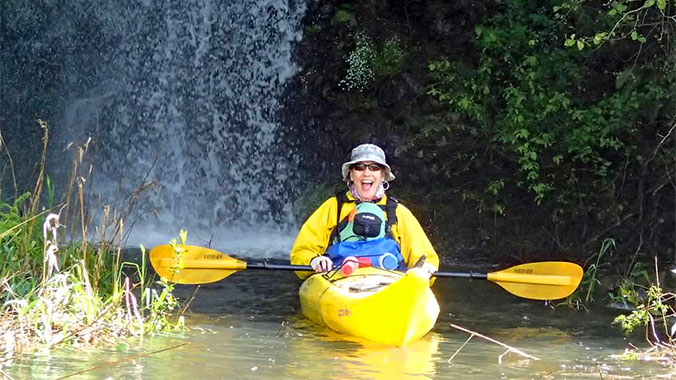
7.1 Birdwatching
Kayaking allows you to get up close and personal with various bird species, making it a favorite activity among birdwatchers. Paddling silently through marshes, wetlands, or coastal estuaries provides an unparalleled opportunity to observe birds in their natural habitats. You may spot majestic herons wading along the shoreline, ospreys soaring overhead, or colorful kingfishers darting across the water’s surface. With patience and a keen eye, kayaking can turn into an exceptional birdwatching adventure.
7.2 Encounters with Marine Life
Coastal kayaking opens the door to awe-inspiring encounters with marine life. As you glide through the water, keep an eye out for dolphins gracefully swimming alongside your kayak or seals curiously popping their heads out of the water. You may also come across sea turtles diving beneath the surface or jellyfish gently pulsating beneath your boat. These encounters offer a rare glimpse into the underwater world and create unforgettable memories.
7.3 Observing Land Animals
While kayaking on lakes, rivers, or in remote wilderness areas, you can also enjoy observing land animals from a unique perspective. It’s not uncommon to spot deer grazing along the water’s edge, squirrels playfully hopping from tree to tree, or beavers diligently building their dams. Some lucky kayakers have even encountered bears, moose, or wolves along their kayaking journeys. Remember to keep a safe distance and respect the wildlife’s natural behavior during your observations.
Kayaking Safety Tips
8.1 Check Weather and Water Conditions
Before heading out on a kayaking adventure, always check the weather forecast and water conditions. Avoid kayaking in stormy or excessively windy conditions, as these can pose a significant risk to your safety. Pay attention to water currents, tides, and potential hazards such as rocks or submerged objects. Being aware of the conditions will help you make informed decisions and choose an appropriate kayaking route.
8.2 Wear Appropriate Clothing
Dressing appropriately for kayaking is crucial for comfort and safety. Opt for quick-drying and moisture-wicking clothing that will keep you dry and comfortable throughout your trip. Depending on the weather, layering is advisable to adjust your clothing according to temperature changes. Additionally, always wear a hat, sunglasses, and sunscreen to protect yourself from the sun’s harmful rays. Remember, even on cloudy days, UV exposure can still occur.
8.3 Stay Hydrated and Sun-Protected
Proper hydration is essential during kayaking adventures, especially in hot or humid weather. Pack enough water or hydration fluids to keep yourself properly hydrated throughout your trip. Dehydration can affect your performance and decision-making abilities, so stay vigilant and drink at regular intervals. Additionally, consider using lip balm and wearing clothing with built-in sun protection to shield yourself from the harsh effects of the sun.
8.4 Avoid Fatigue
While kayaking can be a thrilling and enjoyable experience, it’s crucial to listen to your body and avoid overexertion. Paddling for long periods without taking breaks can lead to fatigue and muscle strain. Plan frequent rest stops, stretch your muscles, and take the time to appreciate your surroundings. Remember that kayaking should be a fun and relaxing activity, so don’t push yourself beyond your limits.
8.5 Basic Self-Rescue Techniques
Knowing basic self-rescue techniques is vital in case of a capsize or emergency situation. Practice reentering your kayak from the water and mastering the wet exit – a technique used to safely exit a capsized kayak. Becoming comfortable with these procedures will boost your confidence and preparedness on the water. Additionally, consider taking a kayaking safety and rescue course to learn advanced techniques and enhance your ability to respond to unexpected situations.
Kayaking as a Social Activity
9.1 Joining Kayaking Clubs
If you enjoy kayaking and want to meet like-minded individuals, consider joining a kayaking club or group. Kayaking clubs often organize regular outings, group paddles, and social events where you can connect with other kayakers and share your passion for the sport. Being part of a club provides a supportive environment for learning, exchanging tips and advice, and fostering new friendships centered around kayaking.
9.2 Organized Kayaking Events
Organized kayaking events, such as races or festivals, offer a fantastic opportunity to immerse yourself in the kayaking community. These events often attract participants of all skill levels, allowing you to challenge yourself, cheer on fellow paddlers, and experience the excitement of a lively kayaking gathering. Whether you choose to participate or simply observe, organized kayaking events create a sense of camaraderie and celebration within the kayaking community.
9.3 Family and Group Outings
Kayaking is a versatile activity that can be enjoyed by individuals, families, and groups of friends alike. Planning a kayaking outing with your loved ones or a group of like-minded adventurers can create lasting memories and strengthen bonds. Whether you embark on an easy paddle on a calm lake or explore a river together, kayaking as a social activity allows you to laugh, connect, and share the joy of being out on the water.
Advancing Your Kayaking Skills
10.1 Taking Kayaking Lessons
Regardless of your skill level, taking kayaking lessons is an excellent way to refine your techniques and expand your knowledge. Professional instructors can guide you through proper paddling techniques, safety procedures, and advanced maneuvers. Whether you opt for individual lessons or group classes, investing in formal instruction will help you become a more confident and skilled kayaker.
10.2 Participating in Competitions
For those seeking a competitive edge, participating in kayaking competitions can push your skills to the next level. From sprint races to slalom events, these competitions test your speed, agility, and paddling prowess. Competing against other kayakers, learning from experienced athletes, and setting personal goals can be a rewarding and motivating experience. Whether you aim to win or simply challenge yourself, kayaking competitions offer an exciting platform to showcase your skills.
10.3 Engaging in Expeditions
Embarking on kayaking expeditions allows you to explore new and remote waterways, test your endurance, and push the boundaries of what you thought possible. Expeditions can range from multi-day trips in untamed wilderness areas to circumnavigating entire coastlines. These adventures require careful planning, physical and mental preparedness, and a love for exploration. Engaging in expeditions not only allows you to discover hidden corners of the world but also strengthens your self-reliance and deepens your connection with nature.
In conclusion, kayaking is a versatile and rewarding activity that offers something for everyone. Whether you are a beginner or an experienced paddler, there are endless possibilities for exploration, adventure, and enjoyment. From the origins of kayaking to the various types of kayaks, essential equipment, and the benefits of kayaking, this comprehensive guide provides a solid foundation to embark on your own kayaking journey. Remember to prioritize safety, respect the natural environment, and embrace the joy of being on the water. Happy kayaking!

